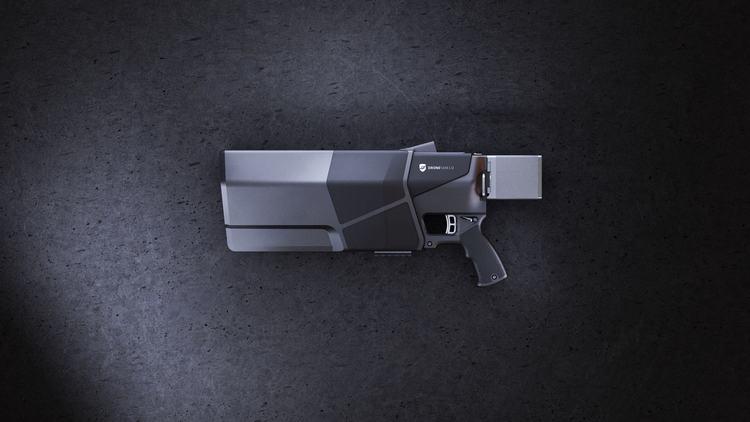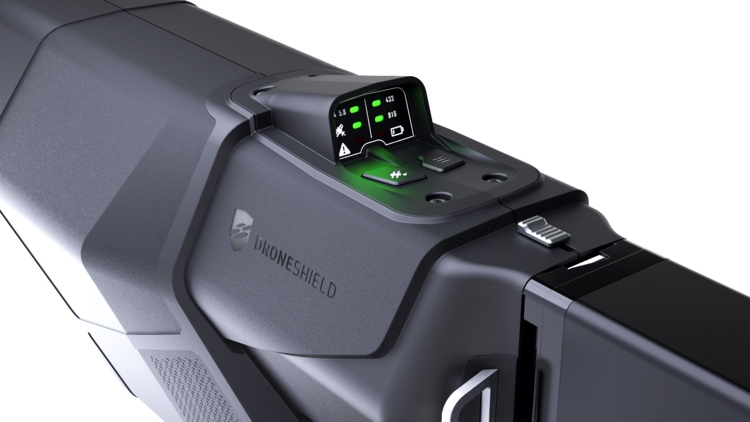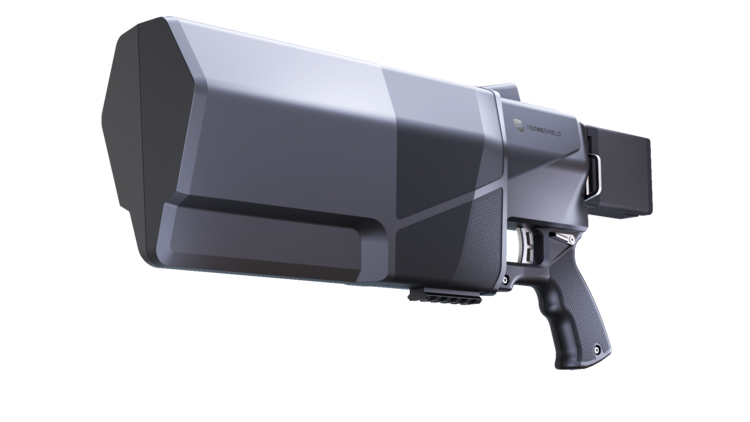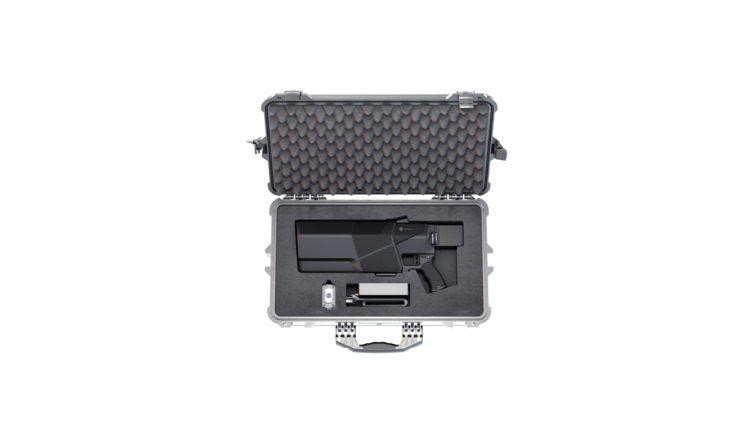An unprecedented drone incident at one of the world’s busiest airports in December 2018 led to flights being suspended for around 36 hours, which in turn resulted in ruined travel plans for around 140,000 people as well as huge costs for the airport operator and affected airlines.
The problem of rogue drone flights near sensitive locations such as airports and prisons is a growing headache for governments around the world, though slowly but surely various solutions are being designed to combat the illegal flight incursions.
One such company developing the technology is DroneShield. The Sydney, Australia-based outfit this week unveiled its third “drone gun,” designed specifically to jam a drone signal, take control of a rogue flying machine, and land it safely.
The DroneGun MkIII is, at 629mm x 393mm x 209mm, its most compact design yet, and, unlike DroneShield’s other portable drone gun, can be comfortably operated with one hand.
“DroneGun MkIII has an incredibly small form factor,” DroneShield CEO Oleg Vornik told Digital Trends. “Packing all the technology into such small real estate has pushed boundaries in every way for the engineering team.”
DroneShield first landed on our radar in 2016 when it launched the beastly looking DroneGun, a massive bazooka-like contraption that, like the MkIII, could also take control of nearby drones. The DroneGun was replaced in 2018 by the more portable DroneGun Tactical, which now lines up alongside the DroneGun MkIII.
While the two devices perform the same function, the MkIII’s weight of just 4.3 pounds (1.95 kg) makes it considerably lighter than the larger Tactical, which tips the scales at 16 pounds (7.3 kg). The Tactical, however, has a longer range of 1.25 miles (2 km) compared to the MkIII’s coverage of 500 meters.
Vornik declined to reveal specific pricing for the DroneGun MkIII, describing it only as containing “five digits.”
DroneShield’s CEO said his company’s products have so far been deployed with a number of military and law enforcement users in the U.S. and other countries, though current regulations laid down by the Federal Communications Commission mean that regular folks concerned about camera-equipped drones hovering over their property will have to seek out alternatives to the DroneGun.
The proliferation of drone ownership has spawned a whole new industry — of which DroneShield is a part — focused on dealing with small, unmanned aircraft that fly into restricted zones. Digital Trends recently took a look at a range of solutions currently on the market.







